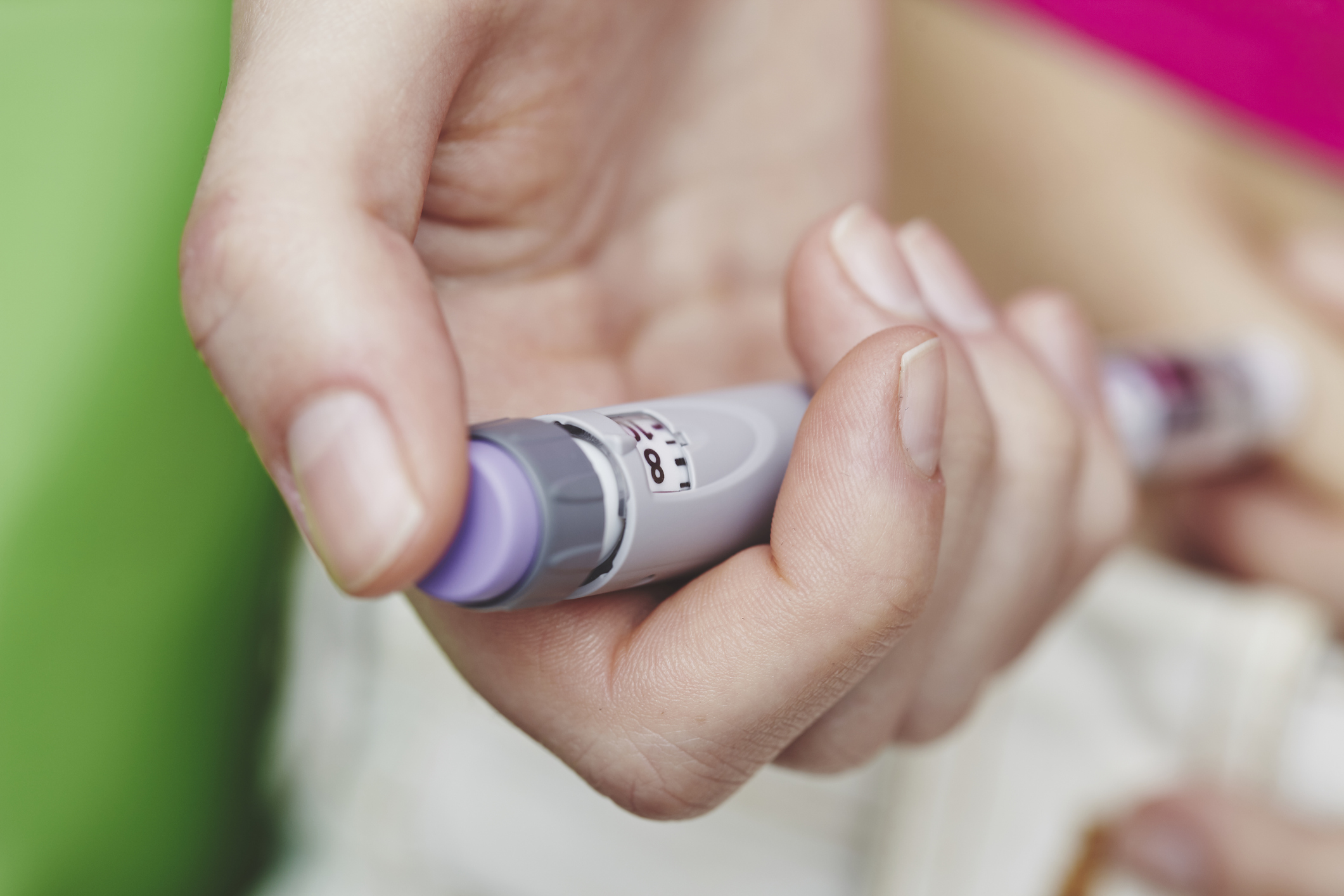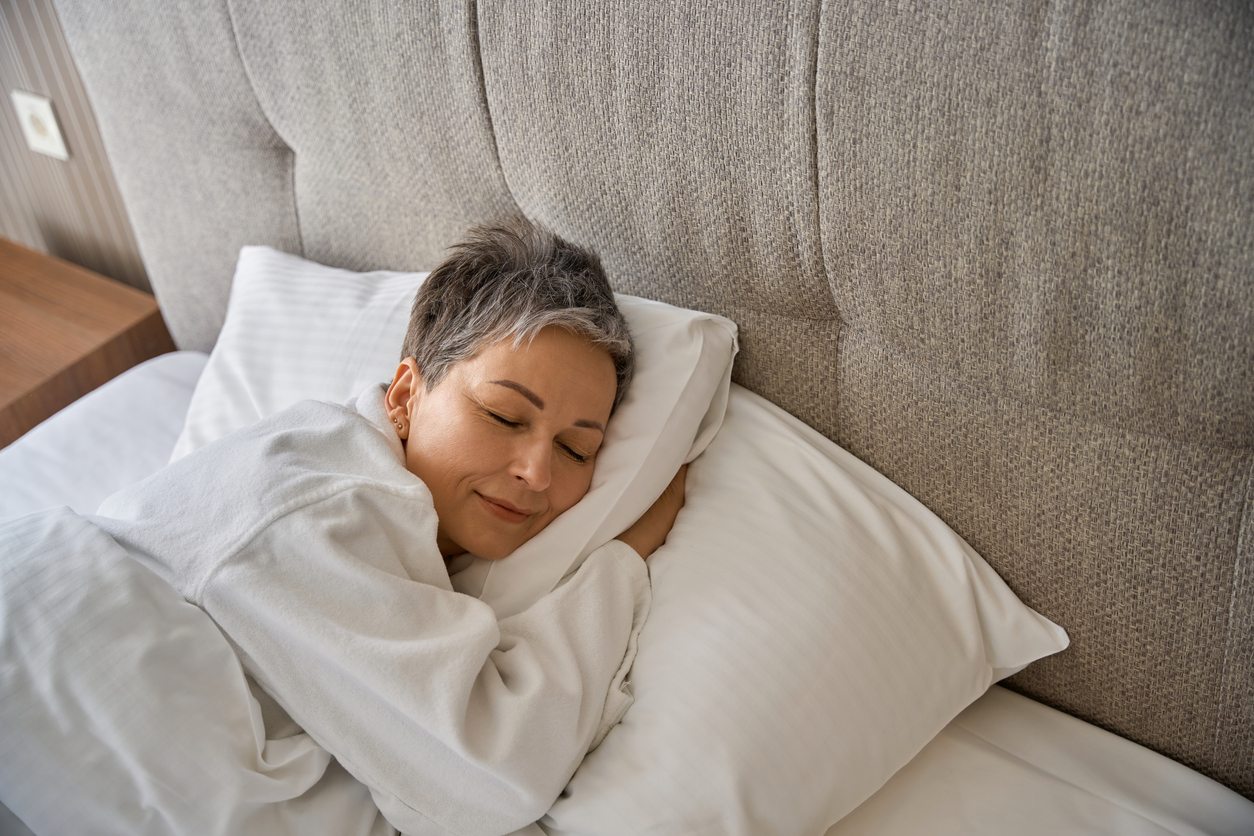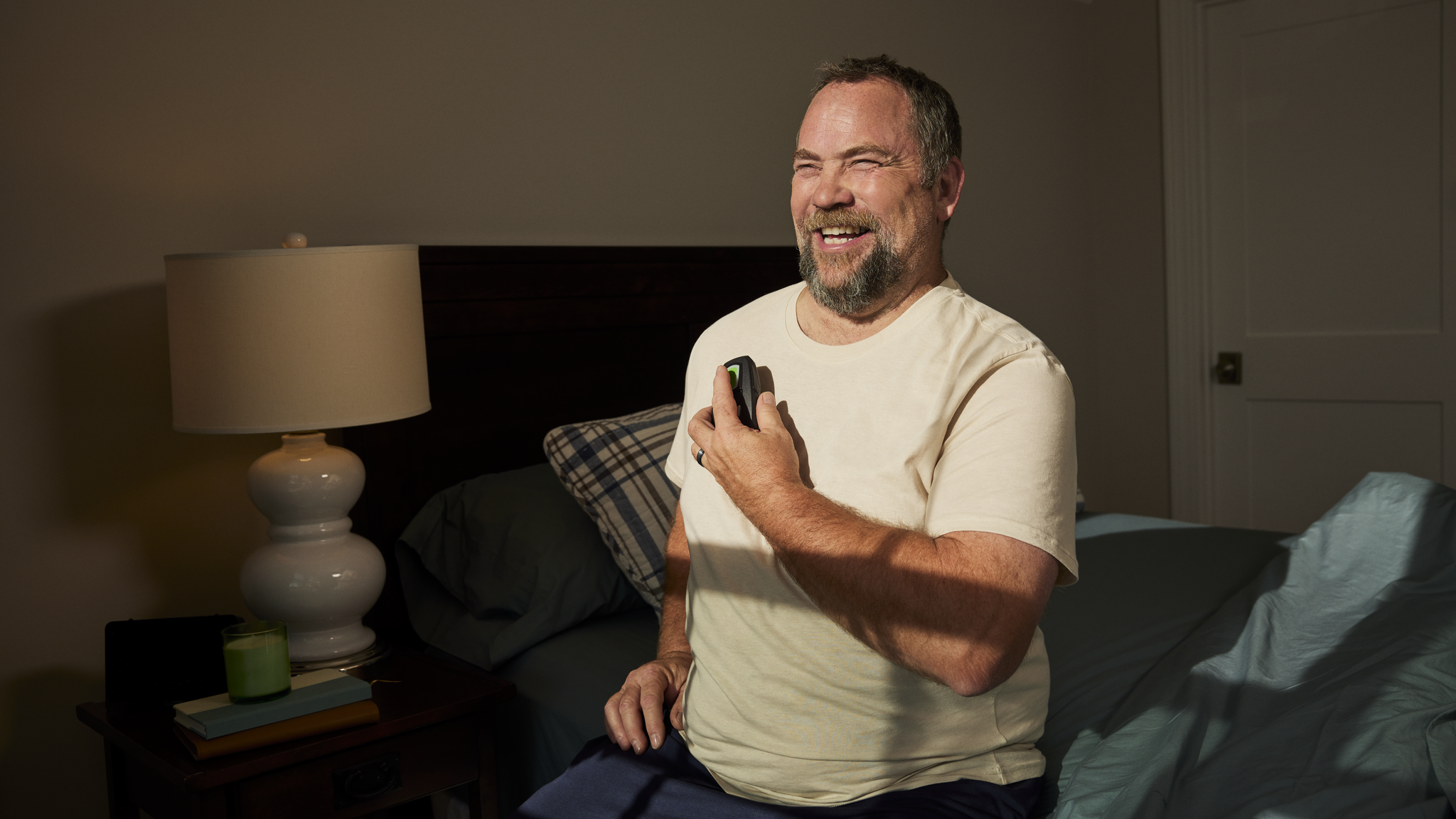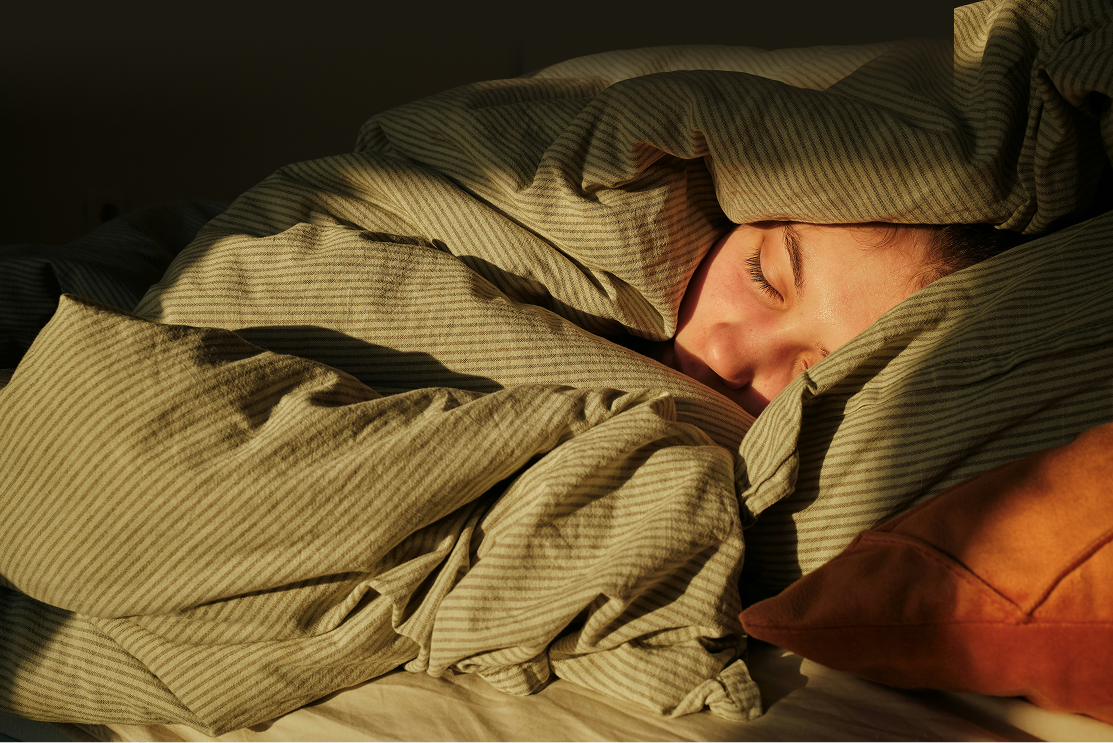Sleep Apnea Care. Simplified.
Asthma
Sex Drive
Personalized Care, Just For You

PAP (CPAP) Therapy

Weight Management with GLP-1s

Oral Appliance Therapy

Inspire® Implant Therapy
Get Seen. Get Treated. Get Better.
 | Traditional Treatment | |
|---|---|---|
| Select and see your sleep specialist in around 7 days or less |  | Traditional Treatment Many weeks to months before 1st appointment |
| Telehealth visits and sleep tests delivered to you |  | Traditional Treatment Travel to in-person site required |
| Sleep study done on your schedule, in your home |  | Traditional Treatment An overnight in an unfamiliar sleep laboratory |
| 62% cost savings (compared to in-person care) |  | Traditional Treatment Typically more expensive |
| Cutting-edge technology and personalized treatments |  | Traditional Treatment Standard treatments |
| Improved results with Ognomy Sleep patients achieving on average 74% regular use of CPAP |  | Traditional Treatment Standard CPAP usage rates average 45% |
| Continuity of care via virtual check-ins |  | Traditional Treatment Physical travel required for follow-up visits |
| Prescriptions available for Zepbound® (tirzepatide) for moderate-to-severe OSA in adults with obesity along with a reduced-calorie diet and increased physical activity |  | Traditional Treatment May not be experienced with prescribing for sleep apnea |
You may be wondering
Have a different question? Email us at support@ognomy.com.
Obstructive Sleep Apnea (OSA) is a prevalent and serious sleep disorder that involves the airway becoming repeatedly blocked during sleep, leading to paused breathing and oxygen deprivation. Commonly caused by the collapse of throat tissues, it can result in loud snoring, choking noises and frequent awakenings, potentially contributing to health problems such as high blood pressure, heart disease, stroke, diabetes and depression.
Ognomy Sleep has sleep medicine specialists available in all 50 US States. We accept most insurances and verify coverage as part of the appointment scheduling process. You will not be charged until insurance is verified and any copay, coinsurance, or deductible is communicated to you.
If you don’t have insurance, or if your insurance will not cover the costs, we offer self pay options and can discuss those with you after your appointment is set.
You can cancel your appointment up to 24 hours in advance with no charge.
For the in-home test:
If paying by insurance, your sleep test may be fully covered, or you may be required to pay a portion of the cost (coinsurance or copay). Patient responsibility usually runs between $25 and $70 and will be dependent on your coverage. If you have coinsurance for sleep studies, you will generally pay less for a home sleep study compared to an in-lab study.
For the telemedicine visit:
Depending on your insurance you may have a specialist visit copay. Ognomy Sleep does not charge any fees other than your copay or coinsurance.
If you have a high-deductible plan or no health insurance at present, Ognomy offers a self-pay option that includes an initial sleep specialist consultation, a home sleep test, and follow-up consultation for $299.
You will never be charged a fee without your prior approval.
For prescriptions or additional therapies:
There may be charges for medications or additional devices or therapies ordered according to your treatment plan. Your payment responsibility will be determined by your insurer as it is for any medication or treatment you receive from traditional healthcare services.
The Ognomy team will assist with prior authorization support to help gain approval from your insurer in any way we can.






